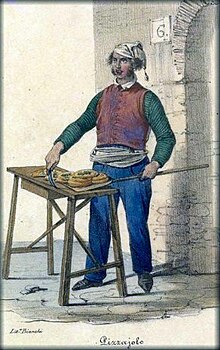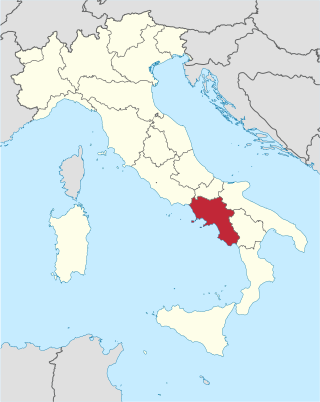
Campania is an administrative region of Italy; most of it is in the south-western portion of the Italian peninsula, but it also includes the small Phlegraean Islands and the island of Capri. The capital of the Campania region is Naples. As of 2018, the region had a population of around 5,820,000 people, making it Italy's third most populous region, and, with an area of 13,590 km2 (5,247 sq mi), its most densely populated region. Based on its GDP, Campania is also the most economically productive region in southern Italy and the 7th most productive in the whole country. Naples' urban area, which is in Campania, is the eighth most populous in the European Union. The region is home to 10 of the 58 UNESCO sites in Italy, including Pompeii and Herculaneum, the Royal Palace of Caserta, the Amalfi Coast and the Historic Centre of Naples. In addition, Campania's Mount Vesuvius is part of the UNESCO World Network of Biosphere Reserves.
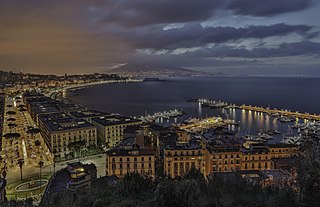
Naples is the regional capital of Campania and the third-largest city of Italy, after Rome and Milan, with a population of 909,048 within the city's administrative limits as of 2022. Its province-level municipality is the third-most populous metropolitan city in Italy with a population of 3,115,320 residents, and its metropolitan area stretches beyond the boundaries of the city wall for approximately 20 miles.
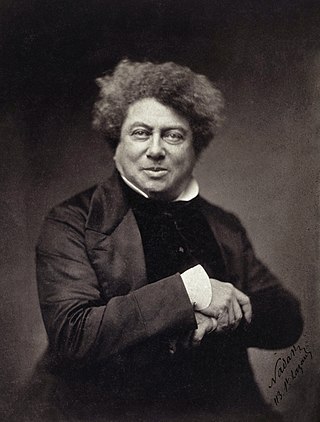
Alexandre Dumas, also known as Alexandre Dumas père, was a French novelist and playwright.

The Kingdom of Naples, also known as the Kingdom of Sicily, was a state that ruled the part of the Italian Peninsula south of the Papal States between 1282 and 1816. It was established by the War of the Sicilian Vespers (1282–1302), when the island of Sicily revolted and was conquered by the Crown of Aragon, becoming a separate kingdom also called the Kingdom of Sicily. This left the Neapolitan mainland under the possession of Charles of Anjou. Later, two competing lines of the Angevin family competed for the Kingdom of Naples in the late 14th century, which resulted in the death of Joan I by Charles III of Naples. Charles' daughter Joanna II adopted King Alfonso V of Aragon as heir, who would then unite Naples into his Aragonese dominions in 1442.

Benedetto Croce was an Italian idealist philosopher, historian, and politician who wrote on numerous topics, including philosophy, history, historiography and aesthetics. In most regards, he was a liberal, although he opposed both laissez-faire and free trade. Croce had considerable influence on other Italian intellectuals, including both the Marxist Antonio Gramsci and the Italian Fascist Giovanni Gentile.

Giambattista Basile was an Italian poet, courtier, and fairy tale collector. His collections include the oldest recorded forms of many well-known European fairy tales. He is chiefly remembered for writing the collection of Neapolitan fairy tales known as Il Pentamerone.

Southern Italy, also known as Meridione or Mezzogiorno is a macroregion of Italy consisting of its southern regions.
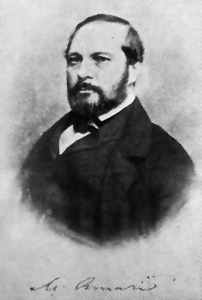
Michele Benedetto Gaetano Amari was a Sicilian patriot, liberal revolutionary and politician of aristocratic background, historian and orientalist. He rose to prominence as a champion of Sicilian independence from the Neapolitan Bourbon rule when he published his history of the War of the Sicilian Vespers in 1842. He was a minister in the Sicilian revolutionary government of 1848–9 and in Garibaldi's revolutionary cabinet in Sicily in 1860. Having embraced the cause of Italian unification, he helped prepare the annexation of Sicily by the Kingdom of Sardinia and was active in his later years as a senator of the Kingdom of Italy.

Luigi Settembrini was an Italian man of letters and politician.
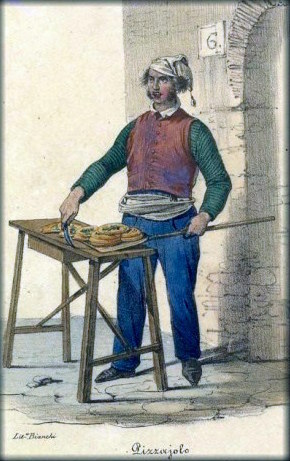
The history of pizza begins in antiquity, as various ancient cultures produced basic flatbreads with several toppings.

Caroline Unger, alternatively known as Karoline, Carolina, and Carlotta, was an Austro-Hungarian contralto.

Vincenzo Cuoco was an Italian writer. He is mainly remembered for his Saggio Storico sulla Rivoluzione Napoletana del 1799. He is a considered one of the precursors of Italian liberalism and the realist school. Cuoco adapted the critique of political rationalism of Edmund Burke and Joseph de Maistre for liberal ends, and has been described as a better historian than either of them. He influenced many subsequent Italian intellectuals, from Ugo Foscolo and Alessandro Manzoni to Bertrando and Silvio Spaventa to Benedetto Croce and Antonio Gramsci.

Louis Godefroy Jadin was a French painter specializing in animals and landscapes, especially known for having painted the hunts of Napoleon III and the dogs of the high society of the Second Empire. His father was the composer Louis-Emmanuel Jadin.
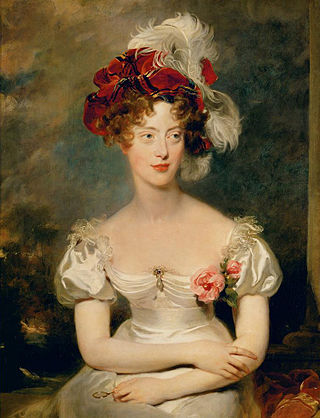
Marie-Caroline of Bourbon-Two Sicilies, Duchess of Berry was an Italian princess of the House of Bourbon who married into the French royal family, and was the mother of Henri, Count of Chambord.
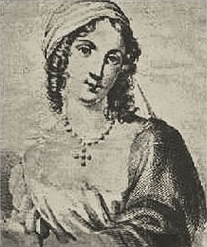
Isabella di Morra was an Italian poet of the Renaissance. An unknown figure in her lifetime, she was forced by her brothers to live in isolation, which estranged her from courts and literary salons. While living in solitude in her castle, she produced a body of work which did not circulate in the literary milieu of the time. Her brothers eventually murdered her for her suspected secret romance.

Silvio Spaventa was an Italian journalist, politician and statesman who played a leading role in the unification of Italy, and subsequently held important positions within the newly formed Italian state.

Jacques Etienne Chevalley de Rivaz was a Swiss-born physician who spent his career in Naples and the Island of Ischia. He was the founder of a famous sanatorium on Ischia and also wrote several works on the geography, archeology, flora and fauna of the island. For his services to Naples during the cholera epidemic of 1836–37, he was awarded a gold medal by King Ferdinand II and citizenship of the Kingdom of the Two Sicilies. Chevalley de Rivaz was born in Vevey, Switzerland and died in Casamicciola, Italy at the age of 62.
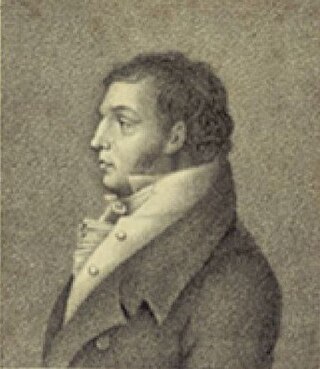
Eliodoro Bianchi was an Italian operatic tenor and later a prominent singing teacher. Born in Cividate al Piano and trained in Naples under Giacomo Tritto, he made his stage debut in 1793. Amongst the many roles, he created during the course of his 40-year career were Baldassare in Ciro in Babilonia and the King of Sweden in Eduardo e Cristina, both of which were composed by Rossini expressly for Bianchi's voice. He retired from the stage in 1835 and spent his later years in Palazzolo sull'Oglio, where he died at the age of 75.
Annibale Giuseppe Nicolò Giordano was an Italian-French mathematician and revolutionary.
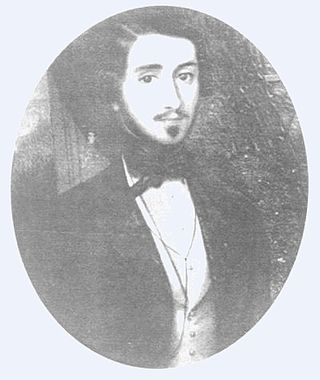
Giacinto de' Sivo (1815–1867) was an Italian politician, historian and journalist. De' Sivo was a leading legitimist historian after the fall of the Kingdom of the Two Sicilies and his books provided the main intellectual support in the struggle to undermine the legitimacy of the Kingdom of Italy.

